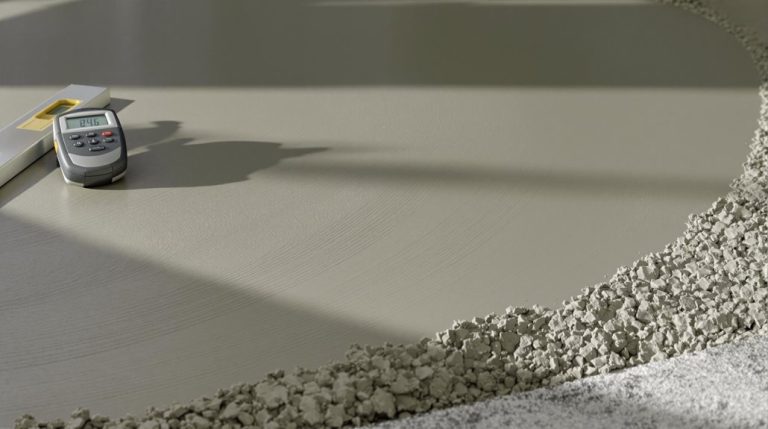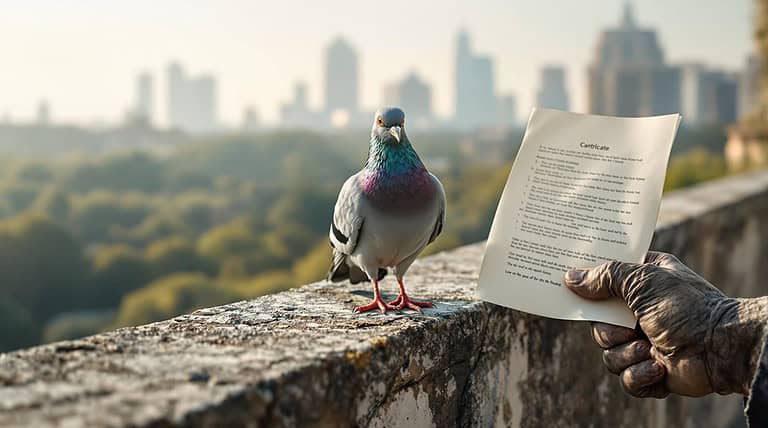Container Vegetable Plants: The Best Varieties
You’ll love growing vegetables in containers – it’s perfect for small spaces! Start with compact tomato varieties like ‘Patio’ or ‘Better Bush’ in 12-inch deep containers, and add space-saving cucumbers like ‘Spacemaster’ or quick-growing leafy greens. Don’t forget root vegetables – radishes and carrots thrive in containers with loose, well-draining soil. With proper drainage holes, quality potting mix, and 8+ hours of sunlight, you’re set for success. There’s so much more to uncover about maximizing your container garden’s potential.
TLDR
- Determinate tomato varieties like ‘Patio’ and ‘Better Bush’ are ideal for containers, producing abundant harvests in limited space.
- ‘Spacemaster’ cucumbers and ‘Gretel’ peppers thrive in 20-40 liter containers with proper support and full sun exposure.
- Quick-growing root vegetables like ‘Little Finger’ carrots and radishes perform well in containers at least 12 inches deep.
- Leafy greens including arugula, spinach, and kale mature quickly and grow successfully in shallow 6-12 inch containers.
- All container vegetables require high-quality potting mix, proper drainage holes, and at least 8 hours of daily sunlight.
Essential Factors for Successful Container Growing

When you’re ready to start your container gardening adventure, understanding the essential factors for success will make all the difference between a thriving veggie paradise and a disappointing outcome.
You’ll need to focus on selecting the right container size (at least 12-18 inches deep), ensuring proper drainage with multiple holes, using high-quality potting mix, and placing your containers where they’ll receive 8+ hours of sunlight daily. Consider mixing in flowers with your vegetables to attract beneficial pollinators and add visual appeal to your container garden. Additionally, incorporating coffee grounds into your potting mix can enhance soil fertility and promote healthy plant growth.
Top Compact Tomato Varieties for Limited Spaces
When you’re choosing tomatoes for your containers, you’ll want to understand the key difference between determinate varieties, which grow to a certain size and produce all at once, and indeterminate types that keep growing and producing throughout the season.
For small spaces, let’s focus on container-friendly dwarf varieties like ‘Patio,’ ‘Better Bush,’ and ‘Totem,’ which give you the best bang for your buck without taking over your entire balcony or patio. These varieties thrive in 10-inch or larger containers for optimal growth and productivity, making them suitable for effective gardening techniques that maximize limited space.
If you’re working with limited space but still want a great harvest, these compact varieties will be your best friends, providing tasty tomatoes while staying manageable in size, unlike their sprawling garden cousins that seem to think they’re training for a jungle takeover!
Determinate Vs Indeterminate Types
Understanding the difference between determinate and indeterminate tomato types is essential if you’re planning to grow these juicy fruits in containers or limited spaces.
Determinate varieties, like Roma, grow into compact bushes that reach about 5 feet tall and give you all their tomatoes at once, while indeterminate types keep growing taller, need more support, and produce fruit throughout the season.
Container-Friendly Dwarf Varieties
Speaking of tomato types that work well in tight spaces, you’ll love exploring the world of container-friendly dwarf varieties, which are perfect for gardeners with limited room to grow.
Try compact favorites like Patio and Better Bush for medium-sized fruits, or go with sweet Little Bing cherries that don’t need much support.
These sturdy plants typically reach just 1-3 feet tall, making them ideal for your containers.
Space-Saving Cucumber and Pepper Options

If you’re dreaming of growing fresh vegetables but don’t have a sprawling garden, you’ll be thrilled to uncover the incredible world of space-saving cucumber and pepper varieties that are perfect for container gardening!
You can easily grow compact varieties like ‘Spacemaster’ cucumbers and ‘Gretel’ peppers in 20-40 liter containers with proper support.
Just remember to maintain consistent moisture, provide full sun, and use quality potting mix for an abundant harvest right on your patio or balcony. Additionally, ensuring an optimal red to blue light ratio can enhance the growth and health of your container vegetables.
Best Root Vegetables for Container Gardens
While many gardeners assume root vegetables need sprawling garden beds, you’ll be amazed at how successfully you can grow these underground treasures in containers right on your patio or balcony!
Start with quick-growing radishes in 6-inch pots, or try compact carrot varieties like ‘Little Finger’ in deeper 12-inch containers.
You’ll also love growing colorful beets and turnips, which thrive in 8-12 inch containers with well-draining, loose soil.
Selecting Leafy Greens for Small Containers

Leafy greens are the perfect companion to your container-grown root vegetables, and you’ll love how these versatile plants can convert even the tiniest growing spaces into a thriving salad garden!
You can’t go wrong with quick-growing options like arugula and spinach, which mature in just 35-40 days, while colorful Swiss chard and frost-tolerant kale will keep producing for months.
Most varieties need just 6-12 inches of soil depth!
Vertical Growing Solutions for Container Plants
Ready to maximize your growing space?
You’ll love how vertical growing systems can convert your container garden into a thriving food tower!
Try stackable containers or wall-mounted planters that’ll let you grow more veggies in less space, while making it harder for pesky ground insects to reach your plants.
For the best results, consider a self-watering vertical tower that’ll save you time and water.
Container Size Guide for Different Vegetables

Selecting the perfect container size for your vegetables is one of the most essential decisions you’ll make as a container gardener!
You’ll want to match each veggie to its ideal home – small containers (0.5-2 gallons) work great for herbs and leafy greens, while hungrier plants like tomatoes and squash need bigger spaces of 5-7 gallons.
And don’t forget those corn plants, which crave 15-gallon containers!
Soil and Water Management Techniques
When you’re growing vegetables in containers, controlling soil and water management can make the difference between a bountiful harvest and a disappointing season!
You’ll want to start with a high-quality potting mix that contains peat moss and perlite, and don’t forget to check soil moisture daily by sticking your finger into the soil.
Water thoroughly until it drains out, but avoid getting those leaves wet to prevent pesky diseases!
Companion Planting Strategies in Containers

Though container gardening might seem limiting, companion planting can change your small-space garden into a thriving mini-ecosystem!
You’ll love how pairing tomatoes with basil not only keeps pesky insects away but also makes your tomatoes taste better.
Try planting marigolds alongside your cucumbers, or mix lettuce with chives – these energetic duos work together to maximize space while naturally protecting each other from unwanted pests.
Overall
You’re now equipped with everything you need to start your container gardening journey, and isn’t it exciting to think about all the fresh vegetables you’ll soon harvest from your own mini garden? Remember, whether you’re working with a tiny balcony or a spacious patio, there’s always room for growing your favorite veggies in containers, so grab those pots, pick your plants, and get ready to enjoy the satisfying rewards of growing your own food!







